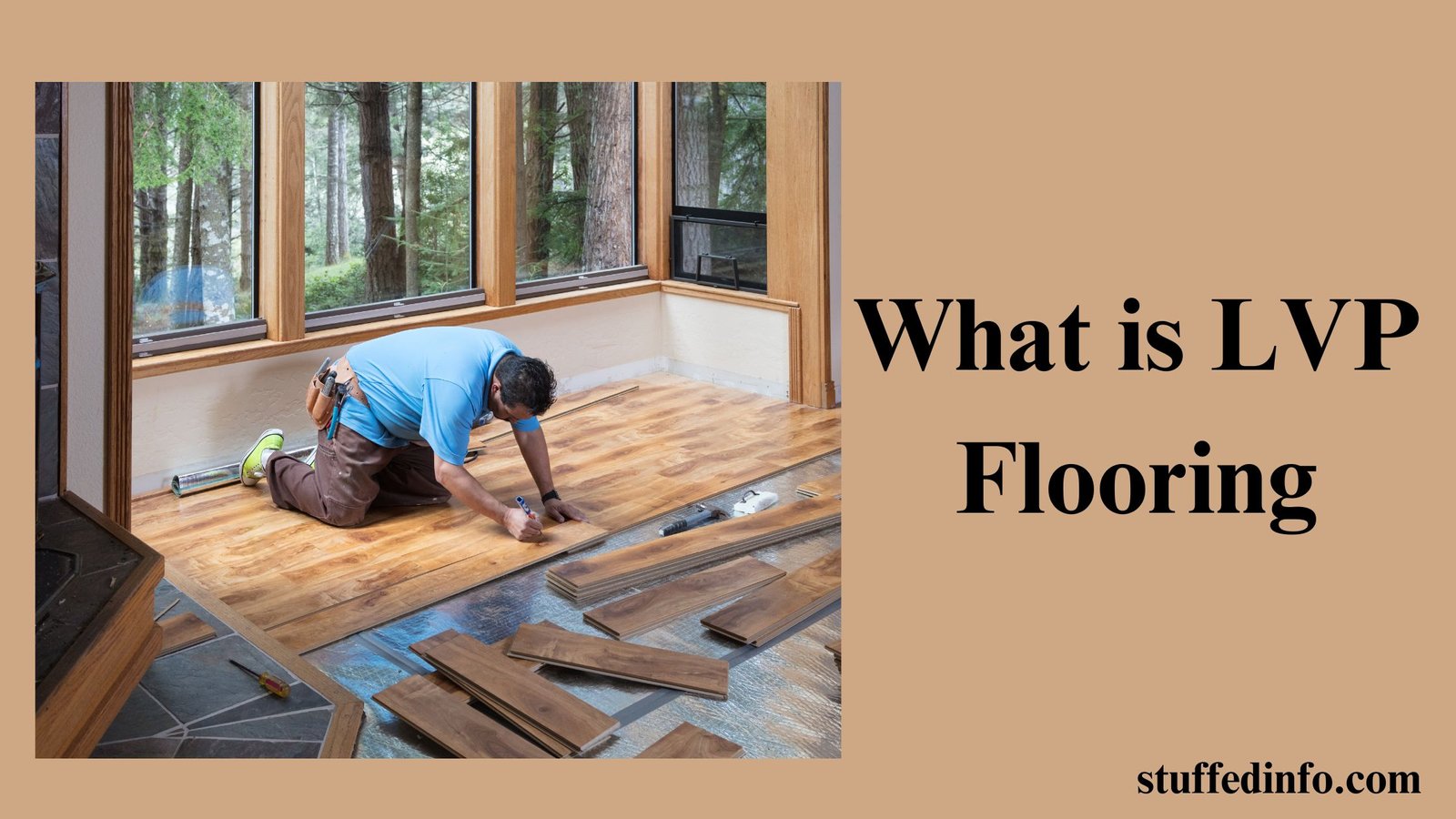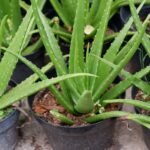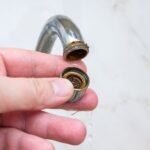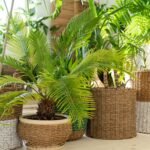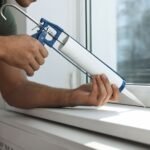When you’re picking new floors for your home, a lot of thought is involved. One option that’s recently creating a lot of buzz is luxury vinyl plank, or LVP flooring. But what is LVP flooring exactly? And why might it be a good fit for your place? In this post, we’ll break down everything you need to know about LVP flooring. We’ll cover everything related to LVP flooring, including what it is made of, its pros and cons, and will also compare it against other types of flooring. By the time you’re done reading, you’ll have a good grasp on whether LVP is the right way to go for your home.
Table of Contents
ToggleWhat is LVP Flooring and How It is Made?
Luxury Vinyl Plank Flooring, commonly known as LVP flooring, is the most trending option in the market. It is also an ideal choice for individuals who want a modern but cost-effective solution for their homes. Moreover, the recent hype in its popularity is due to the large number of design options available and the sturdiness of these floors.
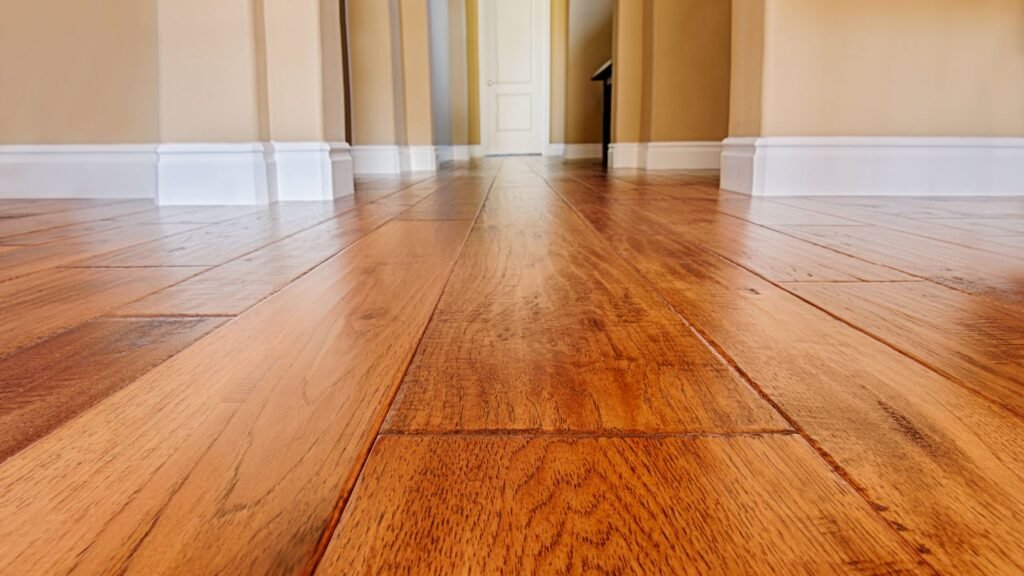
Also, they are used frequently in areas that are prone to much wear and tear. But what exactly is LVP flooring made up of, which makes it extra durable? Well, LVP flooring is made up of PVC, or polyvinyl chloride, which is known for its durability and flexibility. Additionally, LVP flooring is made in layes that add to its strength. Read the following to understand what is LVP flooring’s layers:
- Wear Layer: The wear layer serves as the top surface to protect LVP flooring from scratches, stains, and wear. The thickness of this layer usually ranges from 6 to 20 mils in thickness.
- Vinyl Layer: Under the top layer is the vinyl part, which gives LVP its look by copying natural stuff like wood or stone using good printing tech. This part helps keep water out and makes cleaning easy.
- Core Layer: The middle part makes the floor stable and uses PVC (polyvinyl chloride).
- Backing Layer: The bottom layer made of cork, foam, or felt helps support the floor, makes it softer to walk on, and cuts down on noise. It also stops moisture from getting in, which protects the floor from damage.
Tip: Choose LVP flooring that has more layers and increased thickness. This type of flooring has greater durability and provides more comfort when you walk on it.
5 Different Types of LVP Flooring
While understanding what is LVP flooring is necessary, equally important is to be aware of the types of LVP. This knowledge will help you choose the type according to your needs and preferences. Have a look at LVP types you can choose from.
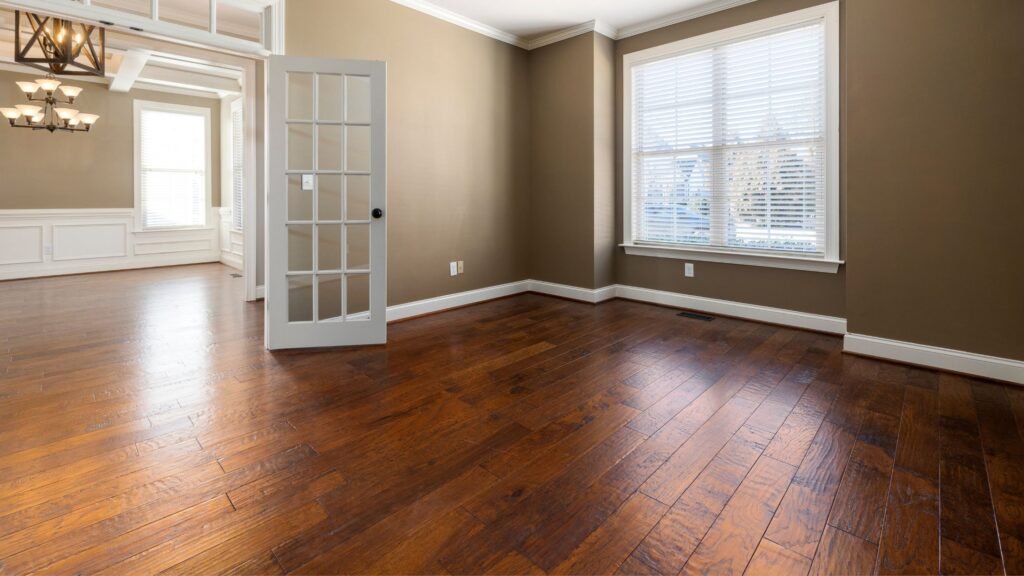
- Glue-down LVP: This flooring type sticks to the ground with adhesive. It lasts a long time and holds up well in high-traffic spots.
- Click-lock LVP: This flooring has edges that snap together. You don’t need glue to install it, which makes it popular with people who like to do their own home projects.
- Rigid Core LVP: This option has a tough core layer. It resists dents and works well in places that get wet or have changing temperatures.
- Wood Plastic Composite (WPC) LVP: WPC LVP has a core made of composite materials. This core gives it great stability and helps it resist water. Because of this, you can use it in places that get wet, like bathrooms and basements.
- Stone Plastic Composite (SPC) LVP : SPC LVP has a core made from stone. This makes it very stable and strong. You can use it in homes and businesses alike.
Pros of LVP Flooring
Have you considered what is LVP flooring’s benefit beyond its look? LVP flooring doesn’t just mimic your real flooring; it has a bunch of perks that make it a tough rival to old-school choices.
Durability and Maintenance
LVP holds up well to everyday wear and tear. It resists scratches and scuffs , and unlike real wood, you don’t need to refinish it often. To keep it clean, you just need to sweep and mop. While it’s not indestructible, it can handle busy homes, even those with pets, which puts it high on the list of options.
Water Resistance
A key advantage of LVP is its ability to resist water. It doesn’t just keep moisture at bay; many manufacturers offer options that repel water. However, this floor is not completely waterproof. So while choosing it for kitchens, bathrooms, and basements, you should choose it carefully.
Cost-Effectiveness
Although hardwood floors can be costly, LVP provides a cheaper option. LVP costs less for both materials and installation. It’s a cost-effective choice that maintains quality and looks, offering good value for homeowners who want to renovate on a budget.
Cons of LVP Flooring
LVP has many attractive features, but it also has some downsides as well. You must be aware of the drawbacks of this flooring before installing it.
Risk of Damage
Even though it’s tough, LVP can get dents or scratches in busy areas. Heavy items and sharp objects might harm it, so you need to take care to protect the surface from possible damage. Also, as time passes, the flooring might fade away in color, especially in areas exposed to sunlight directly.
Environmental Concerns
A major worry about LVP is how it affects the environment. Since it’s man-made, it doesn’t break down , and making it can lead to pollution. Also, there aren’t as many ways to recycle LVP compared to natural materials like hardwood. This might matter to buyers who care about the planet.
A Comparison of Other Flooring Options and LVP Flooring
To choose the right floor, you must know the comparison between the LVP flooring and other flooring options. Have a look at the following table and decide which flooring type is ideal for your house.
| Flooring Type | Appearance | Cost | Durability | Water Resistance | Comfort |
| LVP (Luxury Vinyl Plank) | Mimics wood or stone, various styles available | More affordable | Highly durable, resists wear and tear | Excellent water resistance (but not waterproof) | Softer and warmer underfoot |
| Hardwood | Classic, natural wood look | Expensive | Prone to scratches, can be damaged | Poor water resistance | Hard underfoot |
| Laminate | Imitates wood or stone, decent appearance | Budget-friendly | Moderately durable, may wear over time. | Better than hardwood, but not as good as LVP | Hard underfoot |
| Tile | Sleek, solid appearance, variety of styles | Moderate to expensive | Extremely durable, resistant to wear | Water Proof | Hard and cold underfoot |
How to Maintain and Care of LVP Flooring?
Looking after LVP flooring isn’t complicated. Since it is very easy to maintain, this is the reason for it’s popularity:
- Regular Sweeping: Keep your LVP flooring in great condition by sweeping or vacuuming often. This gets rid of dirt and debris that might scratch the surface over time.
- Damp Mopping: Use a damp cloth or mop now and then to clean spills and make your floors look fresh. Just don’t soak them with too much water.
- Avoid Harsh Chemicals: Stay away from strong chemicals or rough scrubbers. These can harm the wear layer and make the finish look dull.
- Furniture Pads: Put furniture pads under heavy stuff. This stops scratches and dents from furniture legs.
- Area Rugs: Put area rugs or runners in busy spots to cut down on wear and tear on your floors in entryways, hallways, and living rooms.
- Quick Spill Cleanup: Wipe up spills right away to stop moisture from getting into the seams, which might cause warping or damage as time goes on.
- Use the Right Cleaners: Pick cleaners that the maker suggests for vinyl floors to keep your LVP flooring in good shape.
- Stop Sun Damage: If the sun shines right on your flooring, think about using curtains or blinds to keep it from fading over time
Essential Factors to Consider When Choosing LVP Flooring
While picking a right LVP flooring, you should not only consider the look but other factors as well, like room size, thickness, where you are placing the flooring, etc.. When picking LVP flooring, you need to think about the following factors:.
- First, look at the room where you’ll put it. You might want a thicker, tougher option for busy areas like the living room, but a thinner one could work fine in a guest bedroom.
- You should also think about what style you like, since LVP comes in lots of designs and colors.
- Check the thickness, wear layer, and other details to make sure you’re getting the right product for what you need and can afford.
- Also consider the area where flooring is required, like is it an outdoor area, indoor area, or is it prone to wear and tear, etc. Also, if the area is exposed to moisture, choose only high-quality LVP flooring.
Hopefully, if these points are kept in mind, you will choose the best LVP flooring for your home.
Conclusion
What is LVP flooring’s influence on homeowners? Its good looks, durability, and affordability make it a popular choice for many. Because of this, a lot of people choose it. But every option comes with pros and cons. Understanding the strengths and weaknesses of LVP can help you weigh aesthetics, functionality, and cost to choose a floor that suits your needs and lifestyle. As you consider your choices, think about what’s key for your home in the short and long term.
FAQ
1. What is LVP Flooring?
LVP means Luxury Vinyl Plank Flooring. It’s a vinyl floor type that looks like real wood planks.
2. Is LVP Flooring durable?
Yes, LVP Flooring has a reputation for durability. Scratches, stains, and water damage are not a problem for LVP flooring.
3. Can LVP Flooring go in bathrooms?
Yes, LVP Flooring doesn’t let water through, but in bathrooms, kitchens, and other places that often get wet, they should be careful.


